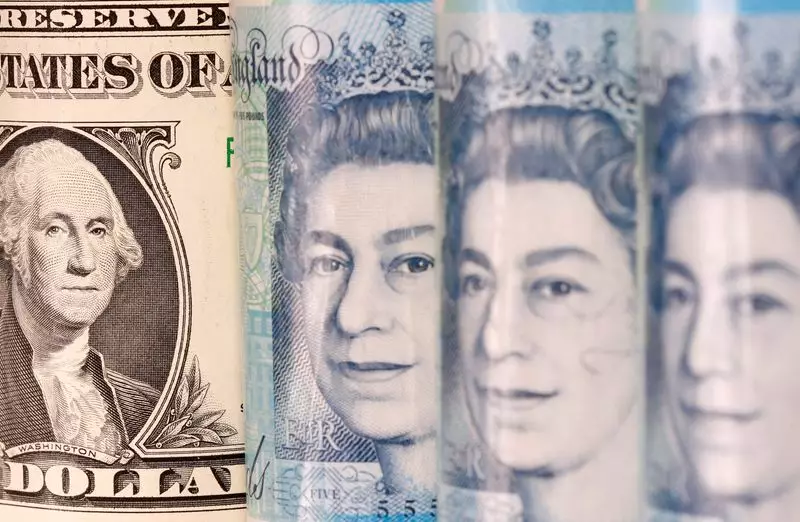The financial landscape has been dynamic in the wake of Donald Trump’s recent electoral victory, leading to noteworthy shifts in currency valuations. As the U.S. dollar experiences a significant surge, the British pound has held its ground, albeit struggling near a six-month low. On one hand, the dollar has been buoyed by investor optimism regarding potential trade tariffs and tax Incentives that are expected to stimulate economic growth and inflation. This has been reflected in a notable increase of around 3% in the dollar index.
The situation has forced economists and investors alike to reassess their positions. For instance, the pound has seen a minimal increase, moving to $1.2627 from a low of $1.2598 the previous Friday. Despite its slight recovery, the overall sentiment remains cautious. The dollar’s strength has overshadowed the pound’s stability, as the currency has declined approximately 2.7% post-election.
Complicating matters for the pound is the trajectory of monetary policy set forth by the Bank of England (BoE). Recent indicators have shown that the UK economy contracted unexpectedly in September, and the third-quarter growth was meager at a mere 0.1%. This has raised apprehensions about the state of the British economy and has contributed to a sixth consecutive day of losses for the pound. Financial markets are speculating a staggering 80% probability of another rate cut by the BoE next month.
Matthew Amis, investment director at a prominent asset management firm, highlights that the recent depreciation of the pound is intrinsically linked to the dollar’s ascent. He maintains that unless there are compelling reasons for the UK economy to reassert itself, there is little hope for the pound to regain its previous strength. Investors are bracing for potential rate cuts, with the current rate of 4.75% expected to fall to approximately 4% by the end of the next year.
In contrast, the euro is experiencing tougher times, having recently hit a two-and-a-half-year low against the pound. The expectation surrounding Trump’s trade policies suggests that the eurozone may face harsher repercussions, thus driving investors to favor the UK. Currently, the euro stands at approximately 83.70 pence, following an earlier plunge to 82.62 pence—a reflection of shifting trader sentiments.
What’s pivotal to note is that despite an overall challenging environment, the relative stability of the pound against the dollar has its antecedents in the current economic indicators and monetary strategies. The anticipated gradual cuts in interest rates, while posing risks, have also provided a cushion to the pound, preventing a more severe decline.
While the pound grapples with pressures both from international economic policies and internal growth challenges, the currency has thus far demonstrated resilience. How it navigates through these turbulent waters remains contingent on forthcoming economic data and policy decisions from the Bank of England. The outlook, bearing in mind the intricate interplay of market sentiments and political dynamics, calls for cautious optimism as traders and economists adjust their strategies in real-time.

